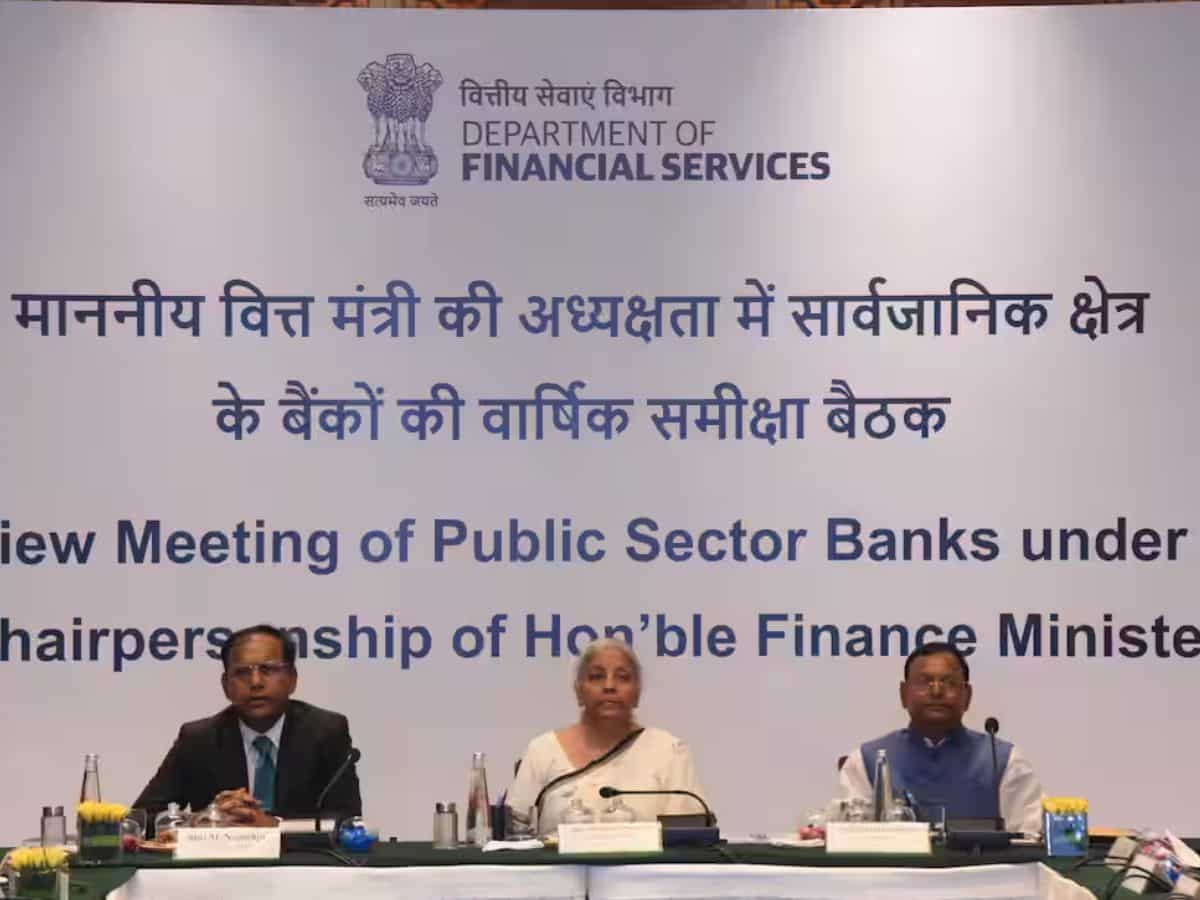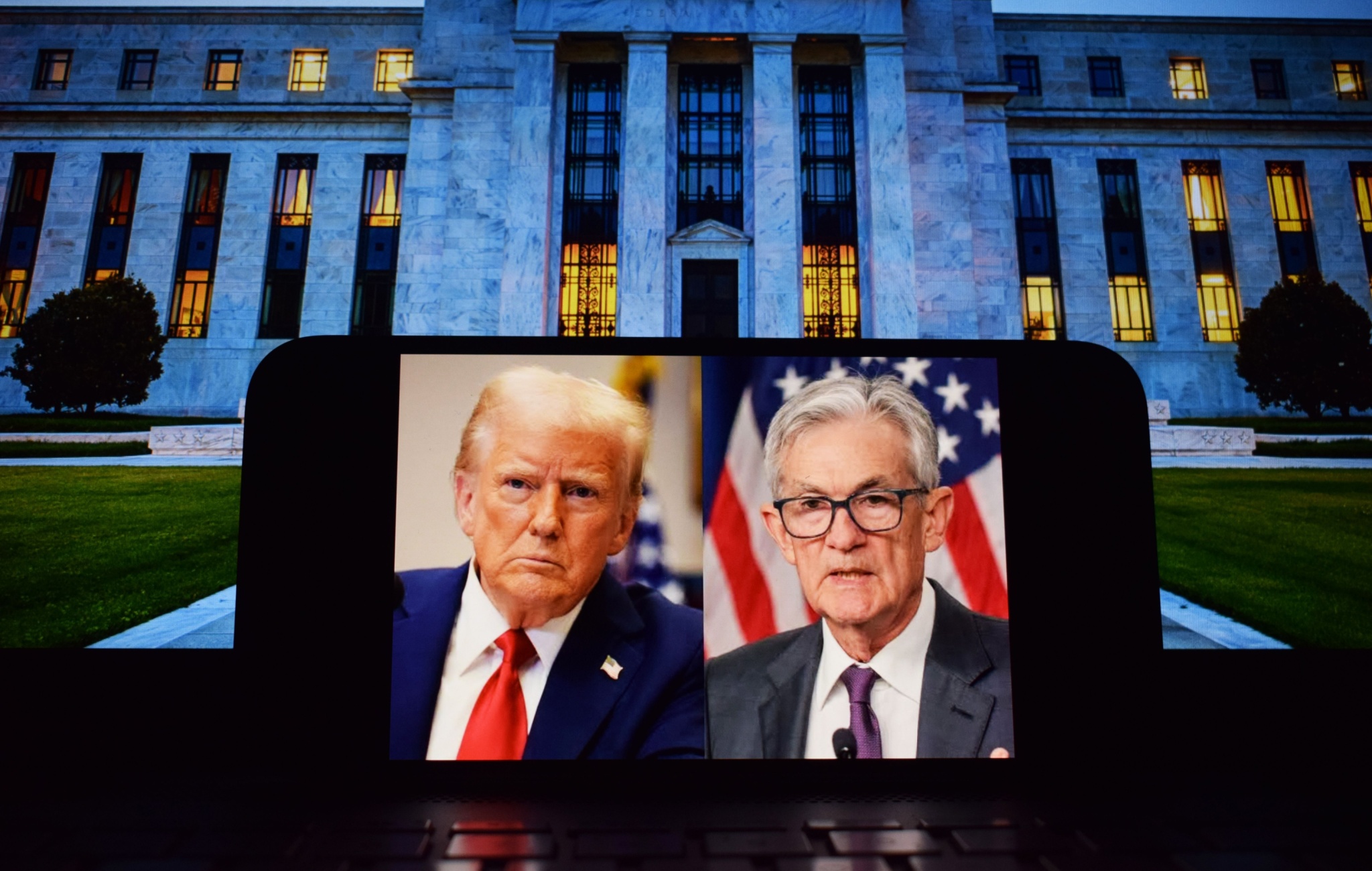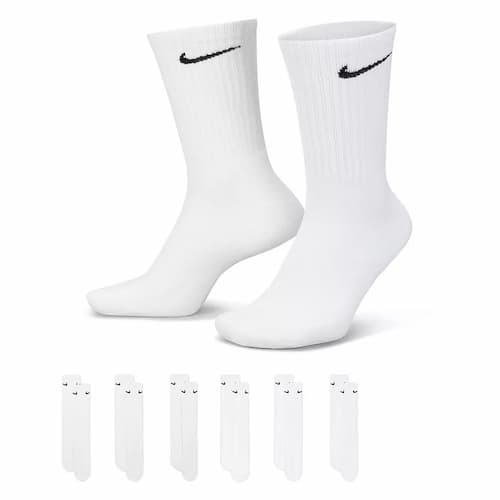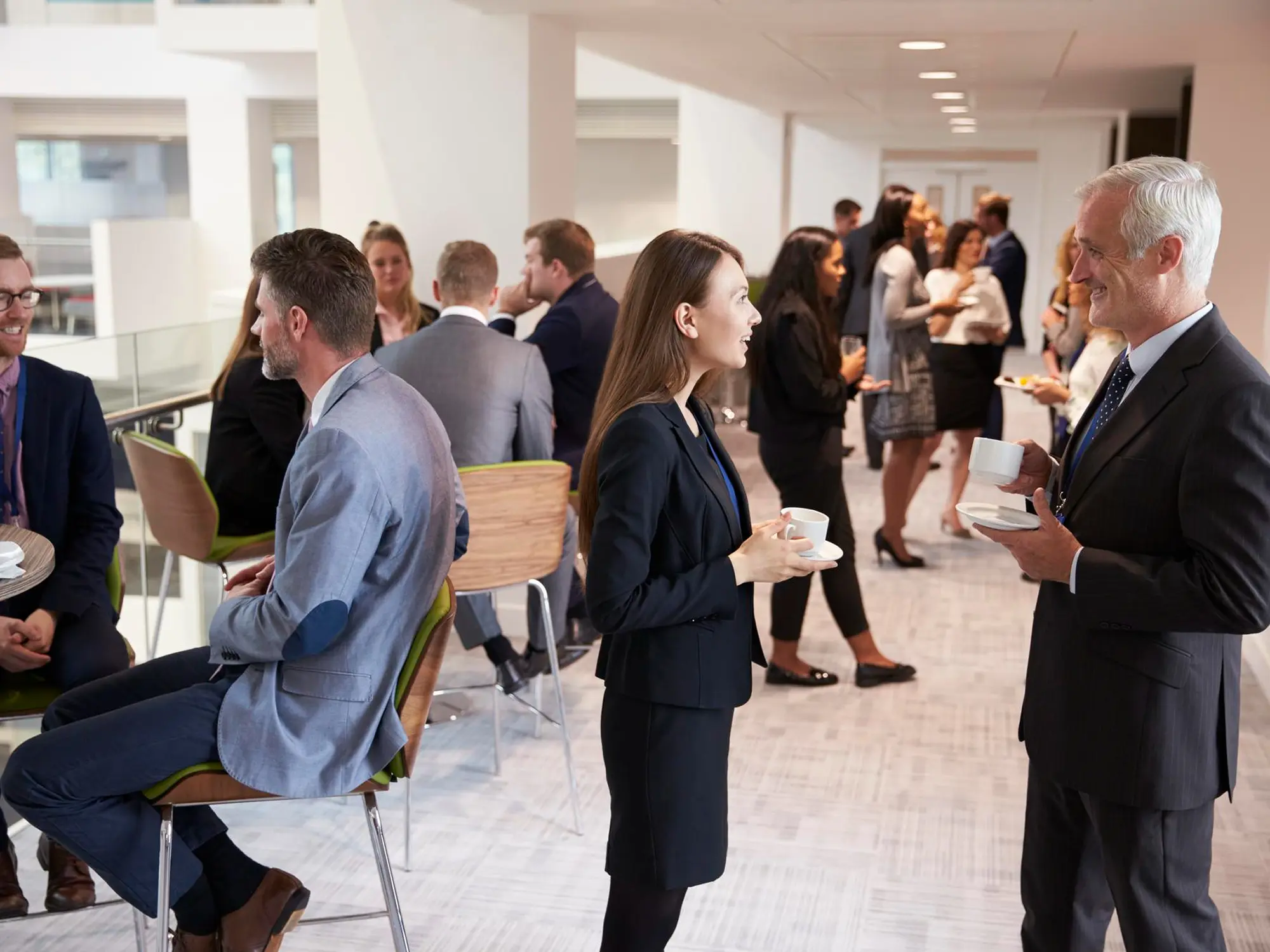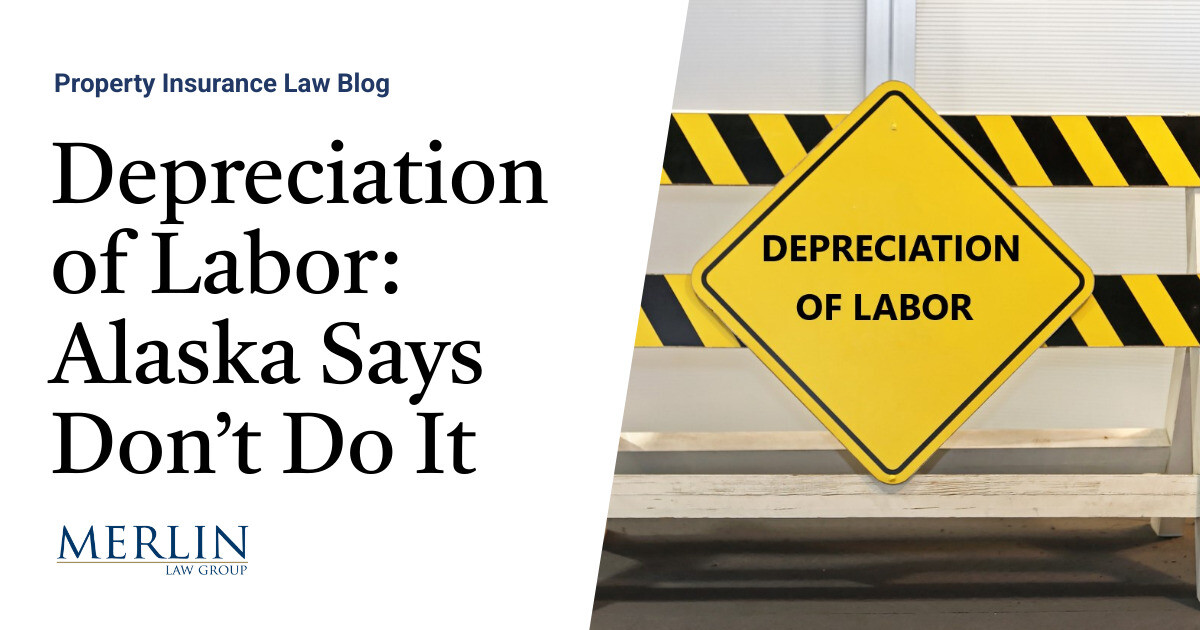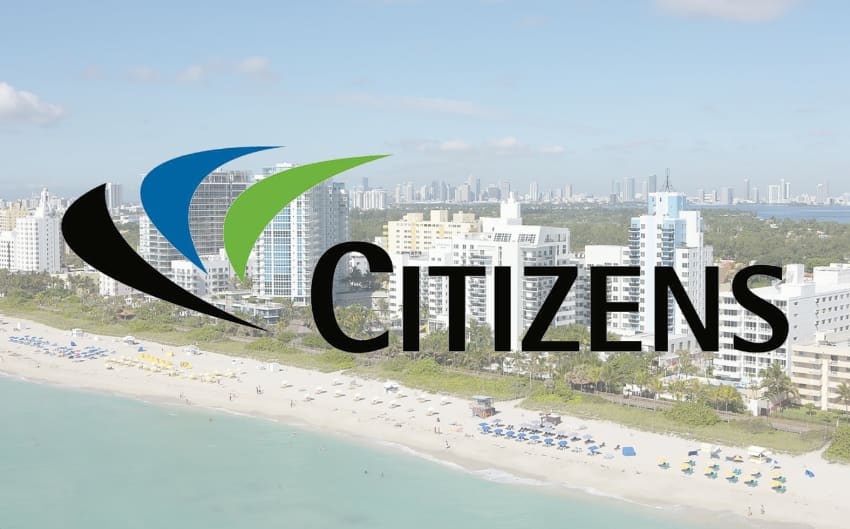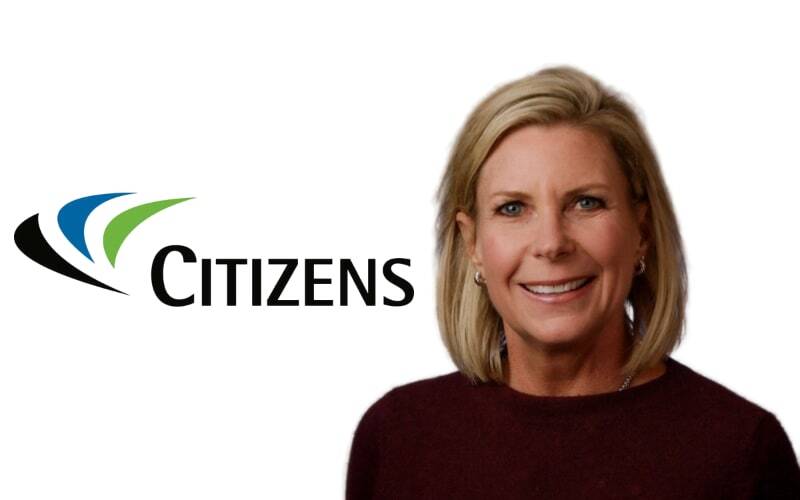It’s been a slow 18 months in European venture, with VCs sitting on an increasingly big pot of capital ready to invest once the market looks rosier and their current portfolio companies look healthier.
But the biggest backer of European VCs, the European Investment Fund (EIF), expects things will start moving again in the second half of this year.
“We have today probably more capital parked in the venture capital fund spectrum than ever before. And yet, the investment activity in 2023 has been very, very slow and actually remains relatively slow [now],” Uli Grabenwarter, director of equity investment at the EIF, tells Sifted in an interview.
European startups raised €57.1bn in 2023 — a drop of nearly 46% compared to the €105.1bn raised in 2022, according to PitchBook. VCs, meanwhile, are sitting on a record amount of dry powder, according to Invest Europe.
But Grabenwarter says, the clock is ticking for VCs as well as startups; funds are raised to be invested — and investors in VCs, like the EIF, won’t be happy if they’re not.
“You can only sit on raised funds for so long because… you need to show investors that you actually have an investment activity going. And if you wait too long, you’re going to run against the end of the investment period.”
Sometime soon VCs will need to stop hanging on to capital, “keeping it as a lifeline for their management firm” and waiting to see what happens to valuations and the macroeconomic situation — and start “getting to the market and investing the money because they need to sustain the front side of the contract,” says Grabenwarter.
That should be good news for startups looking to fundraise this year. “The market is going one way or the other to get forced out of this ‘cat and mouse’ type of situation.”
The EIF and the VCs
As for fundraising VCs, the EIF — which pumps on average €3bn into the European venture market each year and contributed around 15-17% of the continent’s total VC funding last year — is increasingly interested in backing specialist, rather than generalist, funds.
“We have… significantly moved away from very generalist, plain vanilla investment strategies and [are] focusing more and more on thematic, strategically oriented investment strategies that address policy objectives,” says Grabenwarter.
Sustainability is now top of mind for the EIF — and it’s backed a number of climate tech funds, including a €50m commitment to World Fund, which is targeting a €350m fund; €50m to Circular Plastics’s €135m fund to support recycling tech companies; and €35m to blue economy fund Ocean 14.
Another focus is defence: this month, the EIF launched a €175m fund for defence tech. The money will be distributed to European VCs and private equity companies that invest in dual-use technologies.
“In the political, geopolitical environment where we are facing so many challenges, the venture capital industry is the engine of funding innovation and has a particular role to play,” says Grabenwarter.
This sector-focused approach has its critics, however. Generalist VCs from emerging markets tell Sifted they are struggling to raise any kind of money in the economic downturn — and the EIF’s investment is often seen as a lifeline.
Grabenwarter says that the EIF understands their concerns and will adapt to market conditions in different European regions, backing more generalist funds if need be.
The EIF, which has been funding European VC for 30 years, is also going through an internal restructure.
The 105-person investment team — 45 of whom are focused on VC — is now organised by sector, rather than stage of investment.
It’s also working on accelerating the application process — a common gripe that fund managers have with the EIF. Grabenwarter says that the quickest investment decision they’ve made took three months — but sometimes managers have to wait beyond 18 months for a yes or no.
“We have plenty of opportunities to step up [our efficiency],” he admits.
How to get funded
Getting the green light from the EIF will never be “easy”, though. Grabenwarter says his team’s deal flow is “roughly 10x bigger than they can handle” — every year, the EIF says it receives between 700 and 1,000 investment proposals, and it backs around 60 to 80 funds.
To stand out from the crowd, fund managers need to give the EIF the right reasons to invest — and the more specialised and sustainability-minded, the better. Grabenwarter says that the EIF has already discontinued backing of some VCs that haven’t been “sectorial enough”.
It’s also chosen “greener” funds over others, he adds: “If we have the choice between two strategies, one with and one without the [sustainability] dimension, then the decision which way your money would go is very clear.”
That’s not to say putting “climate tech” on the front of an investment proposal will make your fund a shoo-in.
“In every strategy that is proposed to us, we would go beyond the front page and the kind of buzzwords that are there, and see how [the strategy is] instrumental to genuine innovation,” he says. For an AI-focused strategy, he would ask for a definition of AI. “Because everybody has got AI almost on the front page of the PPM [private placement memorandum] these days? Because it’s considered almost a prerequisite.”
One sector he is excited about is space tech. “Space tech will grow very much like artificial intelligence — very quickly outside of its kind of narrow silo-based verticals because it will become so relevant for many, many other industries,” he says.
Something that Grabenwarter and his team are bored of? Seeing the same people, with the same plan, over and over again.
“The funds that we are a little bit tired of seeing are the funds that come forward and say ‘we have done this for the last three years, we’ve done it successfully, we are proposing to you that we can do it for another generation successfully,” he says. “That is not enough.”
Emerging fund managers — those on their first three funds — made up 56% of its top-performing funds last year. Grabenwarter says his team regularly discusses whether the EIF takes enough risks when it comes to backing emerging managers (many emerging managers would say not) and reviews past investment decisions — for example, analysing why it didn’t invest in a VC’s first fund if it decides to invest in its second, and discussing whether that was the right approach.
Diversity targets are another topic the EIF is regularly quizzed on. Grabenwarter says the EIF doesn’t believe introducing quotas for backing women-led VCs will lead to the long-term change desired (and required).
“Rather than having any kind of token female partners hired… we assess the role that [women] are playing in the team; are they really exposed to the front part of the investment activity or are they, as usual, the communication partner or the investor relationship partner or the human resource partner?… We go into the substance and actually discuss the philosophy that the team has been building,” he says.
“This is obviously something that is less short-term than saying ‘Okay, before the first closing you need to hire two female partners otherwise we are not going to invest’. But I think in terms of the change that it brings in substance to the industry, it is a longer-lasting one.”










